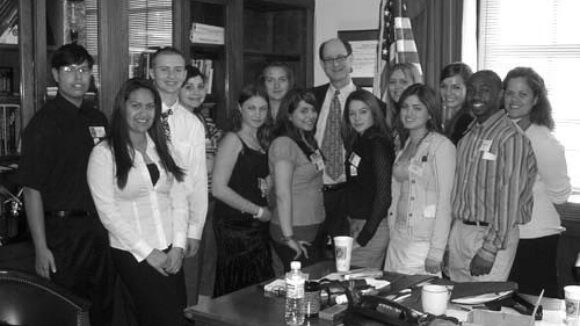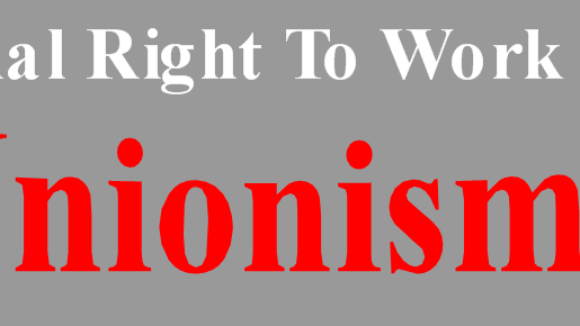Change in Wisconsin
Newly elected Wisconsin Governor Scott Walker is not backing down from a fight to protect taxpayers. Walker has proposed reforming the state's collective bargaining laws to protect taxpayers. The Wall Street Journal takes note: Wisconsin Governor-elect Scott Walker has laid out an ambitious agenda, such as turning the department of commerce into a public-private partnership and lifting the cap on school vouchers. But his boldest idea may be rescinding the right of government employees to collectively bargain. Mr. Walker floated the idea last week in response to union opposition to his modest proposal to require employees to contribute 5% of their pay to their pensions and to increase their health-care contributions to 12% from as low as 4% today. Even along the Left Coast most state workers contribute 10% of their salary to pensions. The Republican estimates that these changes would save the state $154 million in the first six months. Over two years they'd reduce the state's $3.3 billion budget gap by nearly 20%. The ability of public workers to form unions and bargain collectively is a phenomenon of the last century when state and local governments were relatively small. But it has proven to be a catastrophe for taxpayers, as public unions have used their political clout to negotiate rich deals on wages, pensions and health care. California governor-elect Jerry Brown greased the wheels for his state's long fiscal decline when he allowed collective bargaining during his first stint in the statehouse in the 1970s. Republican Governor Mitch Daniels of Indiana and then Governor Matt Blunt of Missouri rescinded collective bargaining by executive order in 2005, and the change made it easier to cut spending and restructure government services. In Wisconsin, the legislature would have to rewrite the Employment Labor Relations Act, but Republicans will control both the assembly and senate and have the political incentive to go along with Mr. Walker.Rescinding public collective bargaining rights restores a better negotiating balance between taxpayers and government employees who ostensibly work for them. Political officials are no longer on both sides of the bargaining table—representing taxpayers in negotiations with the unions while seeking union cash and endorsements when running for re-election.




